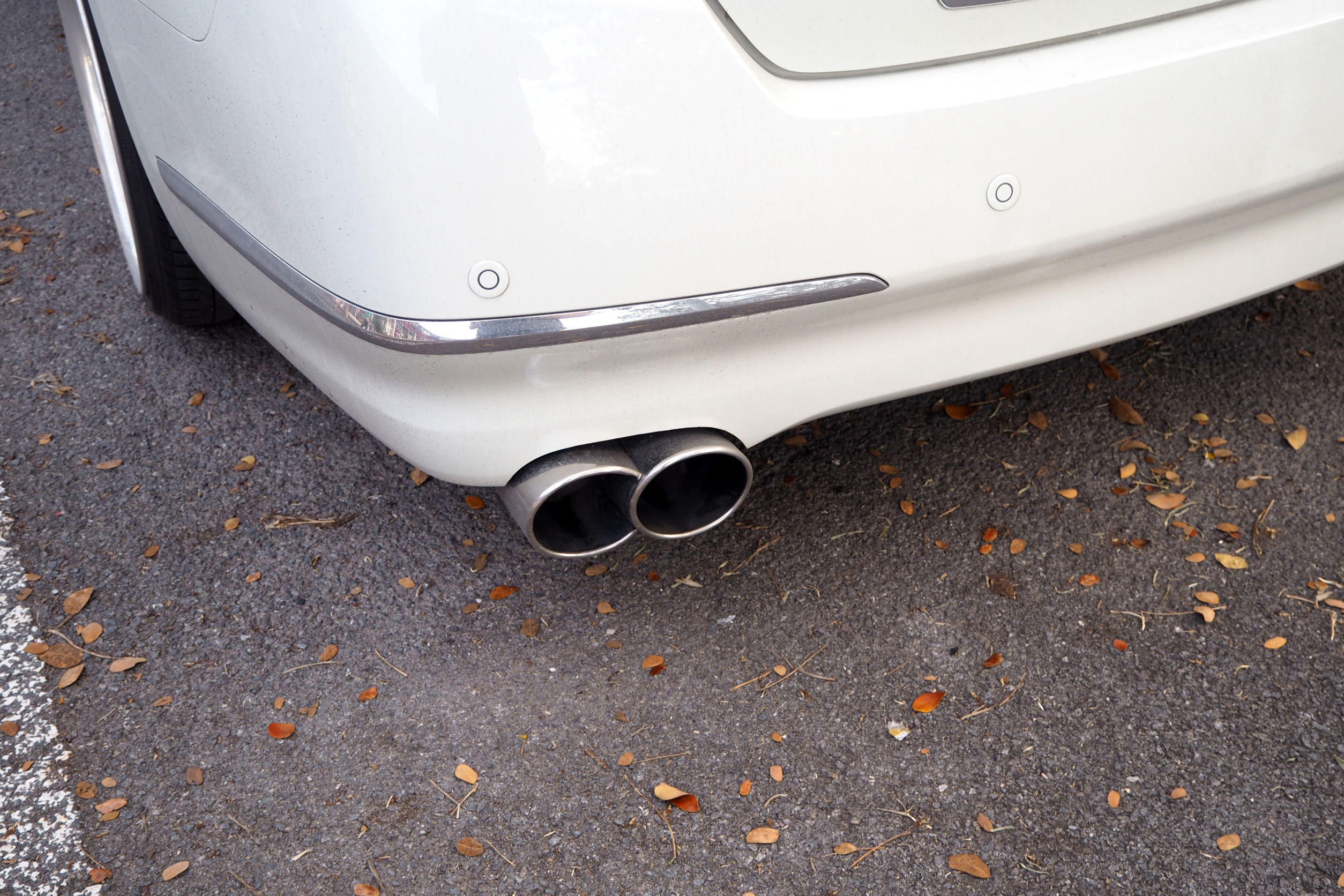The Environmental Protection Agency’s and Federal Highway Administration’s proposed tailpipe emissions standards for greenhouse gases would constitute a de facto electric vehicle (EV) mandate that exceeds both its regulatory authority and any practical environmental or economic benefit.
The ruling, which would effectively require that EVs make up two-thirds of car sales in 2032, directly conflicts with the Supreme Court’s decision in West Virginia v. Environmental Protection Agency (2022), which held that on matters of great political or economic significance, agencies must identify “clear congressional authorization” for their claimed authority.
This is clearly not the case since Congress never granted the FHWA regulatory authority to do so.
Given that the only way automakers could meet the emissions restrictions is by producing more EVs and fewer gas-powered cars, a responsive House GOP bill up for determinate voting will bar any regulation that would “mandate the use of any specific technology” or “result in limited availability of new motor vehicles” based on the type of engine or electric power system.
As noted by Wall Street Journal editors, “While the rules don’t dictate the specific cars or models that must be made, the [Biden] administration is remaking a major industry in a way that is ‘Chinese-style central planning’ as automakers answer first to their political overlords rather than consumers and investors.”
Reasons to pump the breaks on such blatant government overreach are many.
For starters, it’s apparent from piling up dealer inventories that most automobile purchasers don’t want EVs because they simply don’t meet their needs.
In September, it took retailers over two months to sell an EV, compared with around a month for gas-powered vehicles and only three weeks for a gas-electric hybrid.
EVs lack long-range distance and rapid “refueling” capacities enjoyed by gasoline vehicles, a competitive disadvantage that increases as battery efficiencies drop under cold operating conditions.
According to Consumer Reports, frigid temperatures can reduce an unplugged EV’s range by about 20%, running cabin heaters and defrosters further saps batteries, and recharging takes longer than in warm weather.
This helps to explain why most EV buyers live in temperate urban settings and are affluent enough to purchase them as second vehicles.
In California, the state with more EVs than any other, the highest concentrations — between 10.9% and 14.2% of all vehicles — are in ZIP codes where residents are at least 75% white and Asian, whereas ZIP codes with the largest percentages of Latino and Black residents have extremely low proportions of EVs.
Atherton — one of the nation’s wealthiest towns with an average home value of almost $7.5 million and average household income exceeding half a million dollars — has California’s highest percentage of EVs, about 14%.
Although requiring about 40% less labor to build, EVs are also more expensive to produce than gasoline models.
Consequentially, EVs are heavily subsidized in multiple ways: through direct federal and state tax benefits to purchasers, through government loan incentives to manufacturers, and through added production costs passed on to gasoline vehicle purchasers.
Ford, Toyota, Volkswagen, Honda, Nissan, and Subaru have meanwhile all had to adjust sales prices upward due to the scarcity of semiconductors, a supply condition that will only become more precarious as government-mandated EV numbers multiply.
Consider that China controls a stranglehold monopoly of about 80% of the global rare earth mineral supply needed for large EV batteries, with the Republic of Congo a 90% source of vital cobalt.
Meanwhile, the same anti-drilling ideologues who push for dependence upon enormous quantities of foreign rare earth minerals mined by slave labor in China and Congo are restricting U.S. mining and processing of the same under far more responsible U.S. social and environmental safeguards.
Mountain Pass in California is the sole U.S. remaining operating rare earth mine that lost two years of production due to a 2016 bankruptcy continues to send its mined ore to China for processing.
Since EVs make up less than 3% of most auto makers’ fleets, ramping numbers up to 66% by 2032 — or any foreseeable date — would be an economic disaster forcing automakers to raise prices on gas-powered cars to offset losses on EVs.
Ford reportedly lost $62,016 for every EV it sold in the third quarter of this year.
The only producer alternative is to buy bureaucratic regulatory credits from EV manufacturers such as Tesla, which pocketed about $2,380 in credit sales for each car it sold in the U.S. during the first six months.
This still leaves a huge electricity deficit, which would result from putting all those proposed EVs on already overstressed power grids, requiring trillions of dollars of new spending to upgrade this infrastructure, including transmission lines from remote locations and tens of thousands of recharging stations.
Tesla founder Elon Musk estimated as of 2021, the U.S. power network could only handle about 24 million EVs.
As for hypothetical environmental benefits, forget those also.
Whereas Democrats accuse Republicans of attacking “EPA’s authority to protect Americans from dangerous air pollution,” they conveniently ignore that EVs may produce more fine particulate matter — pollutants that lodge deep in the lungs — because their battery weight increases wear and tear from tires.
All of this insanity is premised upon addressing a non-existent climate crisis, applying enormously costly and destructive measures with no measurable benefits.
A scenario simultaneously empowering the sort of government tyranny we claim to deplore in adversarial countries that now exploit our consequential self-inflicted weaknesses.
